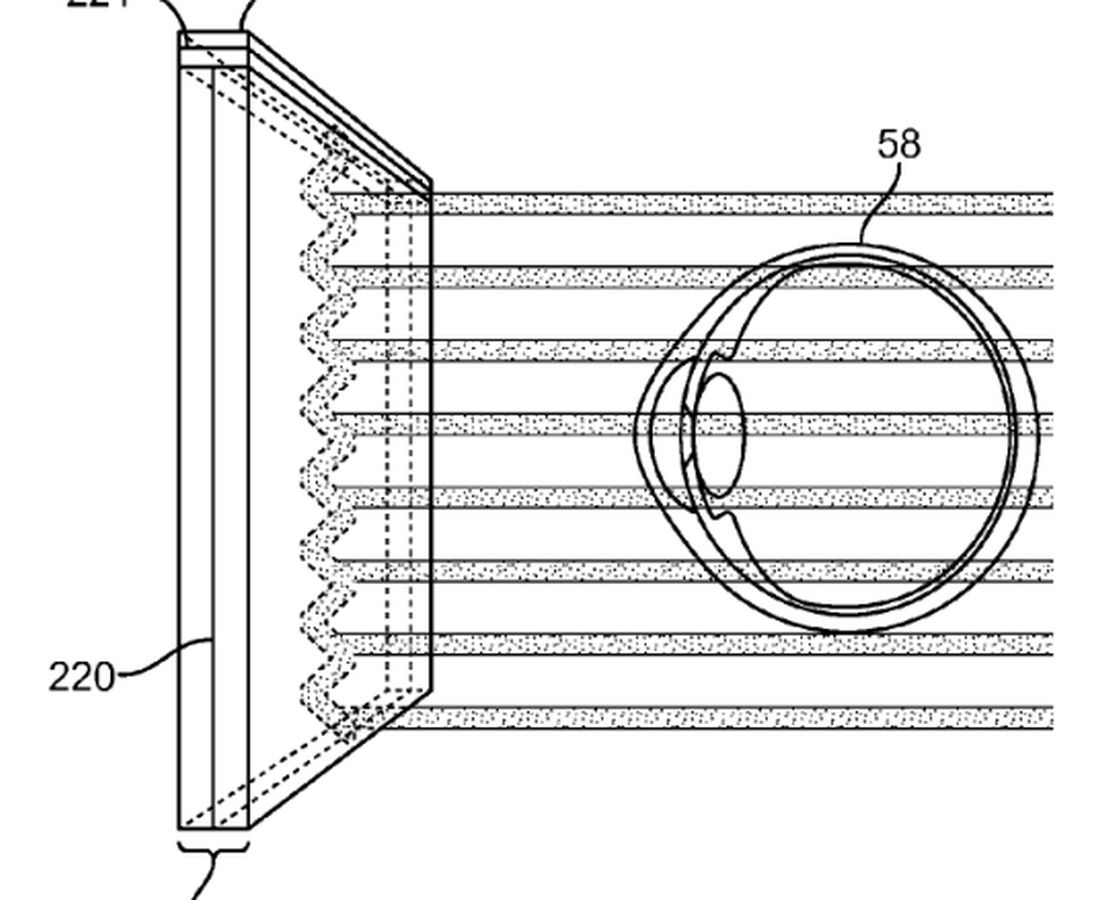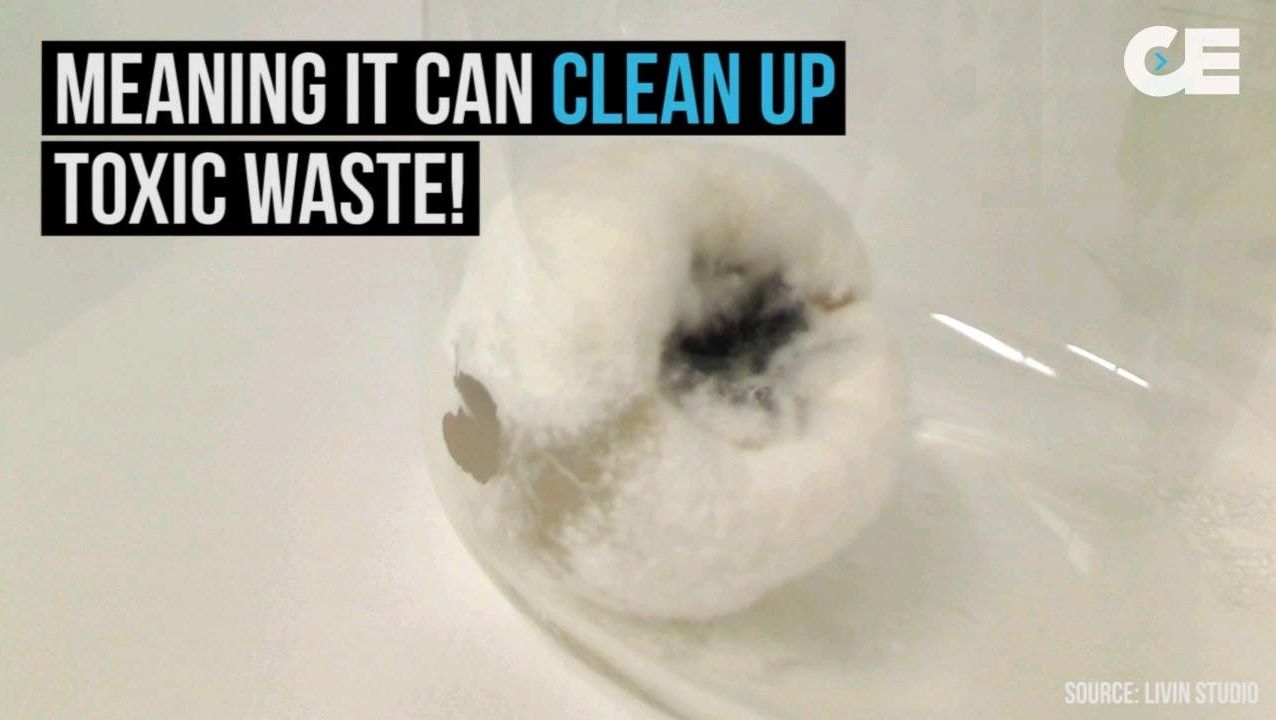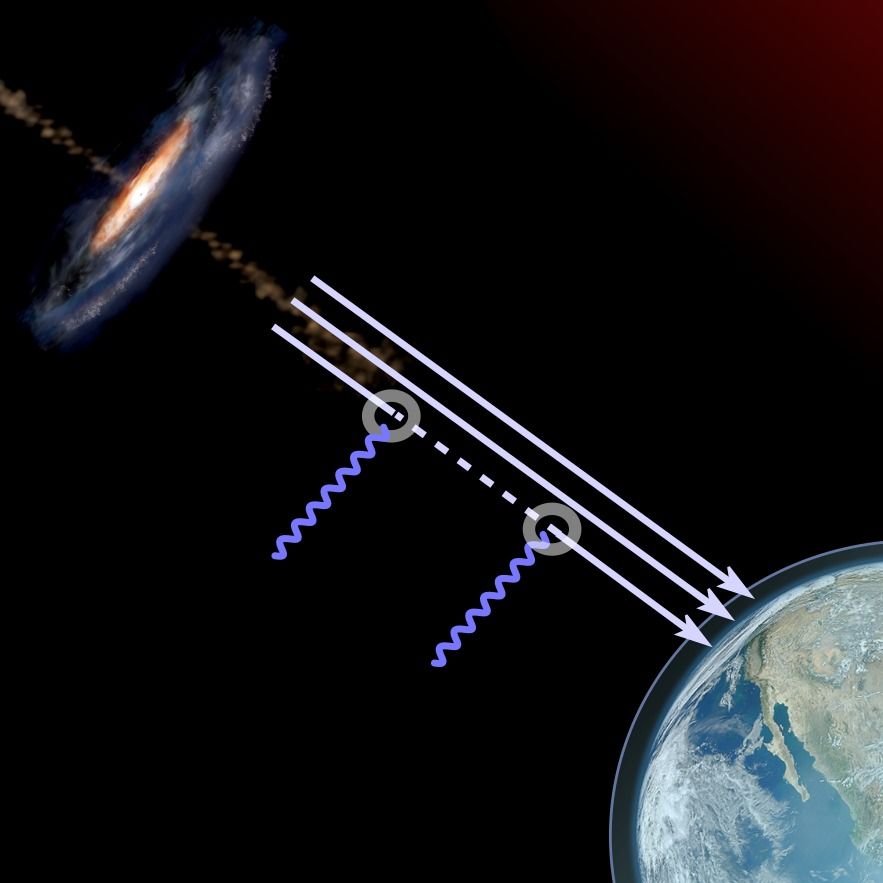“NASA is soliciting ideas from U.S. industry for designs of a Mars orbiter for potential launch in the 2020s. The satellite would provide advanced communications and imaging, as well as robotic science exploration, in support of NASA’s Journey to Mars.”
Ever notice how maps of the large structures of the Universe look like maps of the brain or a Pollock painting?
On the grandest scale, our universe is a network of galaxies tied together by the force of gravity. Cosmic Web, a new effort led by cosmologists and designers at Northeastern’s Center for Complex Network Research, offers a roadmap toward understanding how all of those tremendous clusters of stars connect—and the visualizations are stunning.
The images below show us several hypothetical architectures for our universe, built from data on 24,000 galaxies. By varying the construction algorithm, the researchers have designed cosmic webs that link up in a number of different ways; based on the size, proximity, and relative velocities of individual galaxies. I call it God View.
“Before, the cosmic web was more like a metaphor,” Kim Albrecht, the designer behind the new visualizations told Gizmodo. “This is the first time somebody has made these calculations and thought about it as an actual network.”
American woman gets biologically younger after gene therapies.
Elizabeth Parrish, CEO of Bioviva USA Inc. has become the first human being to be successfully rejuvenated by gene therapy, after her own company’s experimental therapies reversed 20 years of normal telomere shortening.
Telomere score is calculated according to telomere length of white blood cells (T-lymphocytes). This result is based on the average T-lymphocyte telomere length compared to the American population at the same age range. The higher the telomere score, the “younger” the cells.
Over the past few days, Wired has published some articles that give us the closest look yet at the ambitious, enigmatic augmented reality company called Magic Leap. They’ve left us with both a lot of fascinating possibilities and a lot of questions, because most of Magic Leap’s technological explanations are couched in the language of either science fiction or, well, magic. As poetic as “[talking] to the GPU of the brain” and “dreaming with your eyes open” sounds, this is probably the clearest and most interesting description of Magic Leap’s work in the piece:
Nice
A group of physicists recently built the smallest engine ever created from just a single atom. Like any other engine it converts heat energy into movement — but it does so on a smaller scale than ever seen before. The atom is trapped in a cone of electromagnetic energy and lasers are used to heat it up and cool it down, which causes the atom to move back and forth in the cone like an engine piston.
The scientists from the University of Mainz in Germany who are behind the invention don’t have a particular use in mind for the engine. But it’s a good illustration of how we are increasingly able to replicate the everyday machines we rely on at a tiny scale. This is opening the way for some exciting possibilities in the future, particularly in the use of nanorobots in medicine, that could be sent into the body to release targeted drugs or even fight diseases such as cancer.
Nanotechnology deals with ultra-small objects equivalent to one billionth of a meter in size, which sounds an impossibly tiny scale at which to build machines. But size is relative to how close you are to an object. We can’t see things at the nanoscale with the naked eye, just as we can’t see the outer planets of the solar system. Yet if we zoom in — with a telescope for the planets or a powerful electron microscope for nano-objects — then we change the frame of reference and things look very different.
Tech capital is first major US city to require all new buildings of 10 storeys or under to have solar panels, reports BusinessGreen.
“IL-33 is a protein produced by various cell types in the body and is particularly abundant in the central nervous system (brain and spinal cord),” says lead researcher, Eddy Liew from the University of Glasgow in the UK. “We found that injection of IL-33 into aged APP/PS1 mice rapidly improved their memory and cognitive function to that of the age-matched normal mice within a week.”
Before we go any further, we should make it clear that these results are restricted to mice only, and at this stage, we have no idea if they will translate at all in humans with Alzheimer’s.
And the odds aren’t great — one study put successful translation of positive results in mice to humans at a rate of about 8 percent, so we can never get too excited until we see how things fare in human trials.
Whether it’s hay fever, food allergies, or asthma that plagues you, there’s no denying that our immune system can be a real punishment when it’s not working properly.
Which is why it’s so exciting to hear that researchers might have just come up with a system that could, in theory, put an end to all allergies — simply by forcing our bodies to recognise harmless objects, such as peanuts or pollens, as friend, rather than foe.
I know what you’re thinking — that sounds too good to be true, right? Because scientists have been trying to find a way to stop our immune system freaking out over harmless things, such as cat hair and pollen, for decades, and so far, nothing’s really stuck.
Plastic Eating Mushrooms!
Posted in food, sustainability








